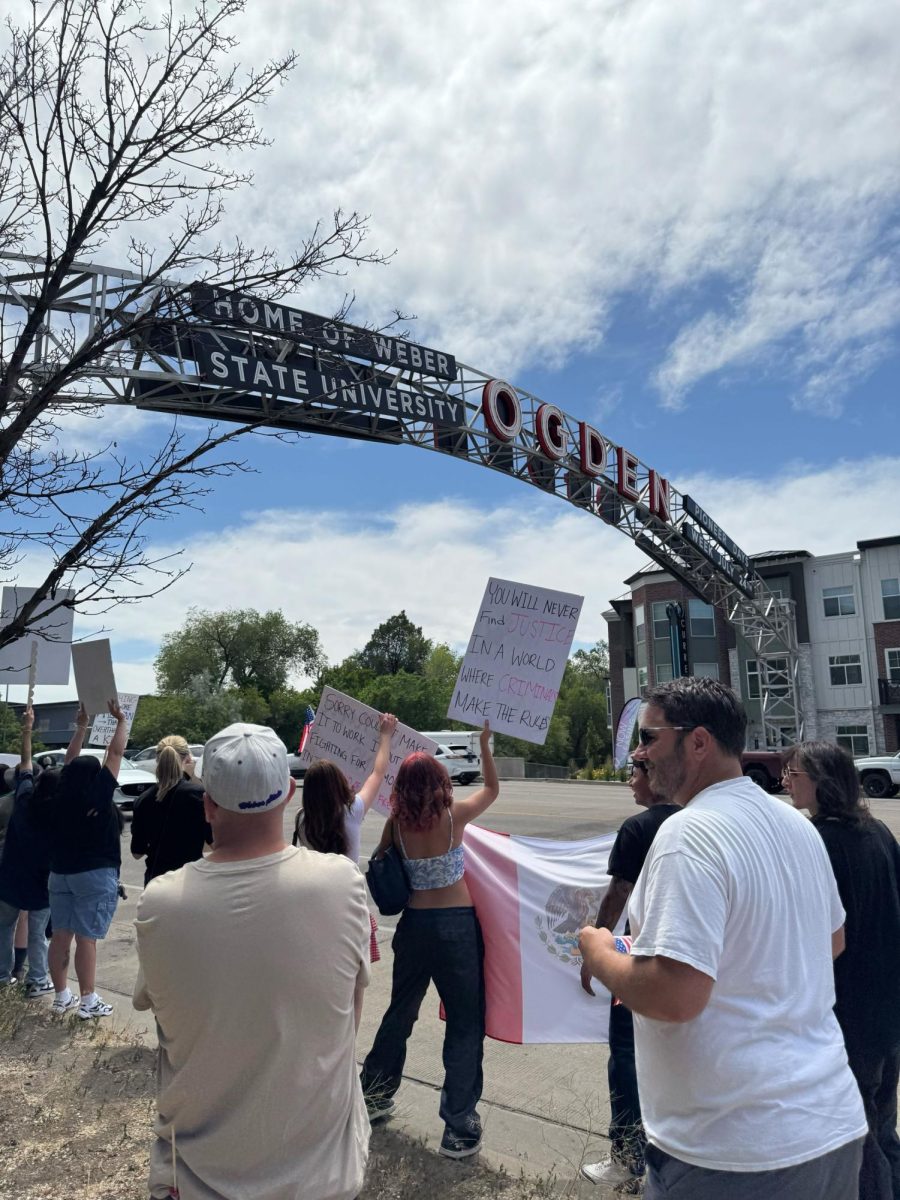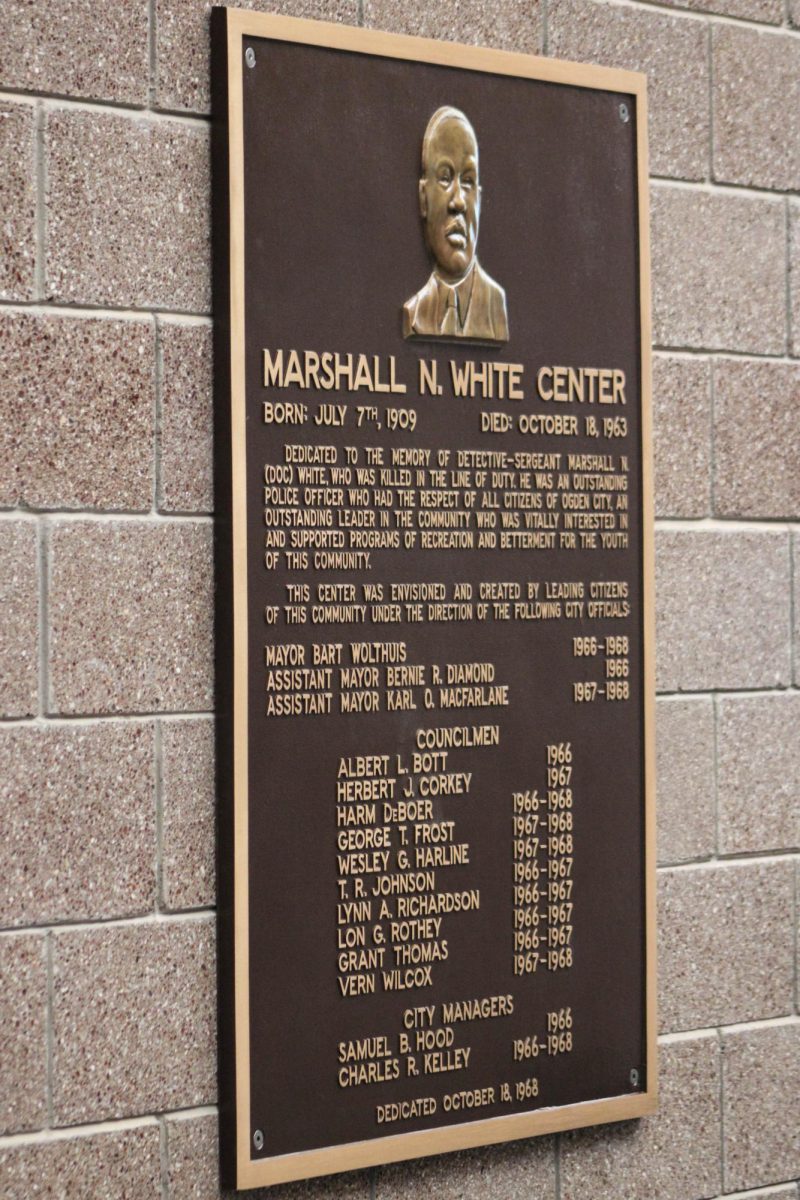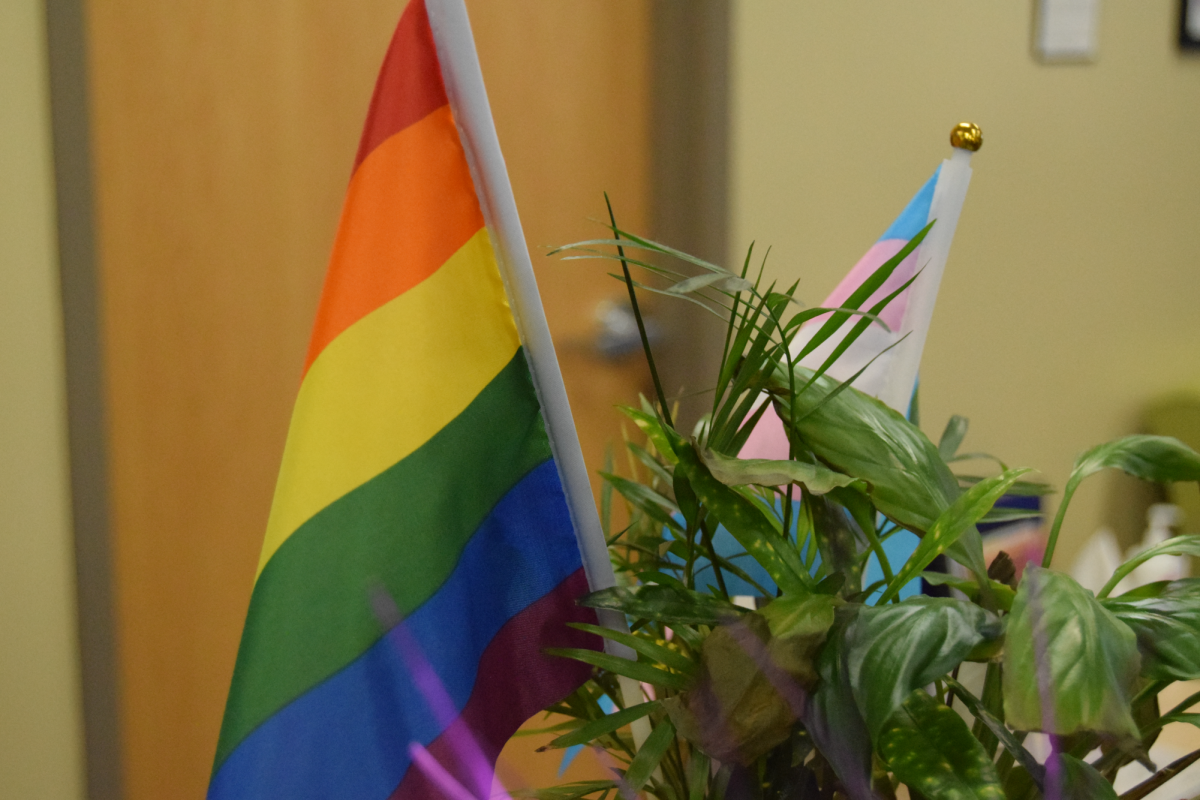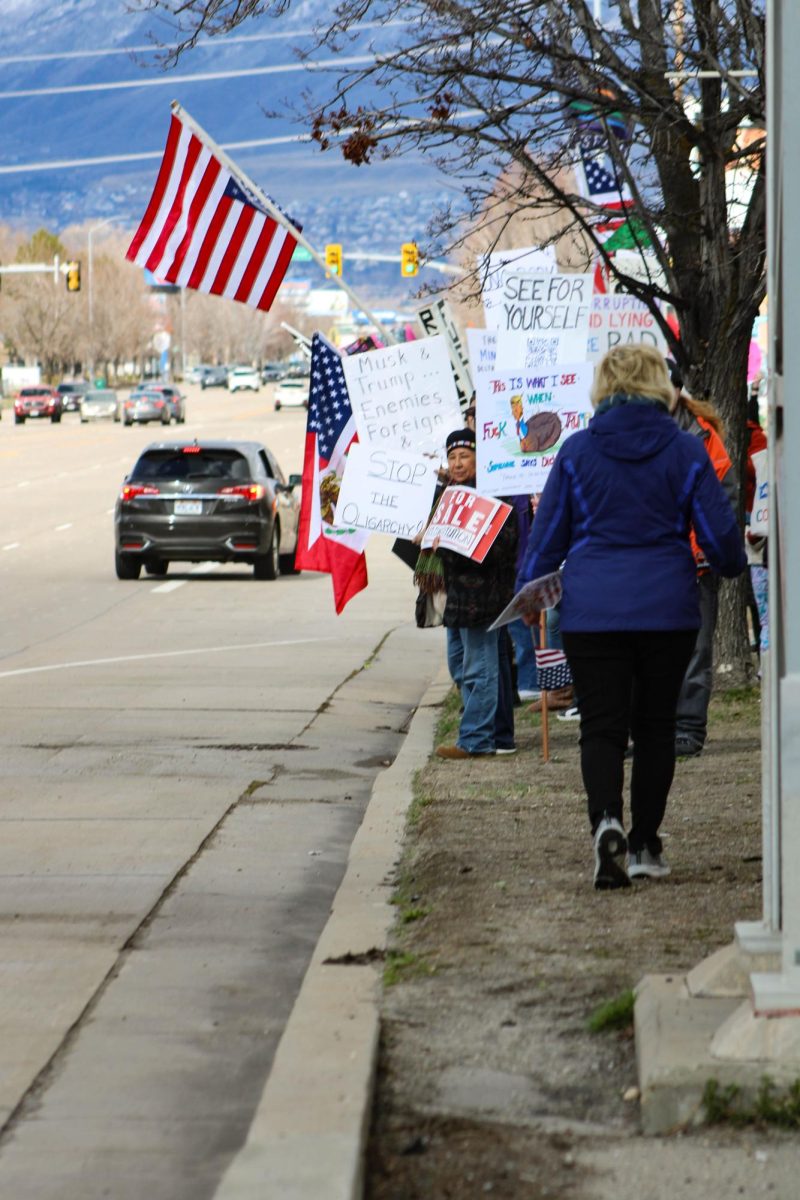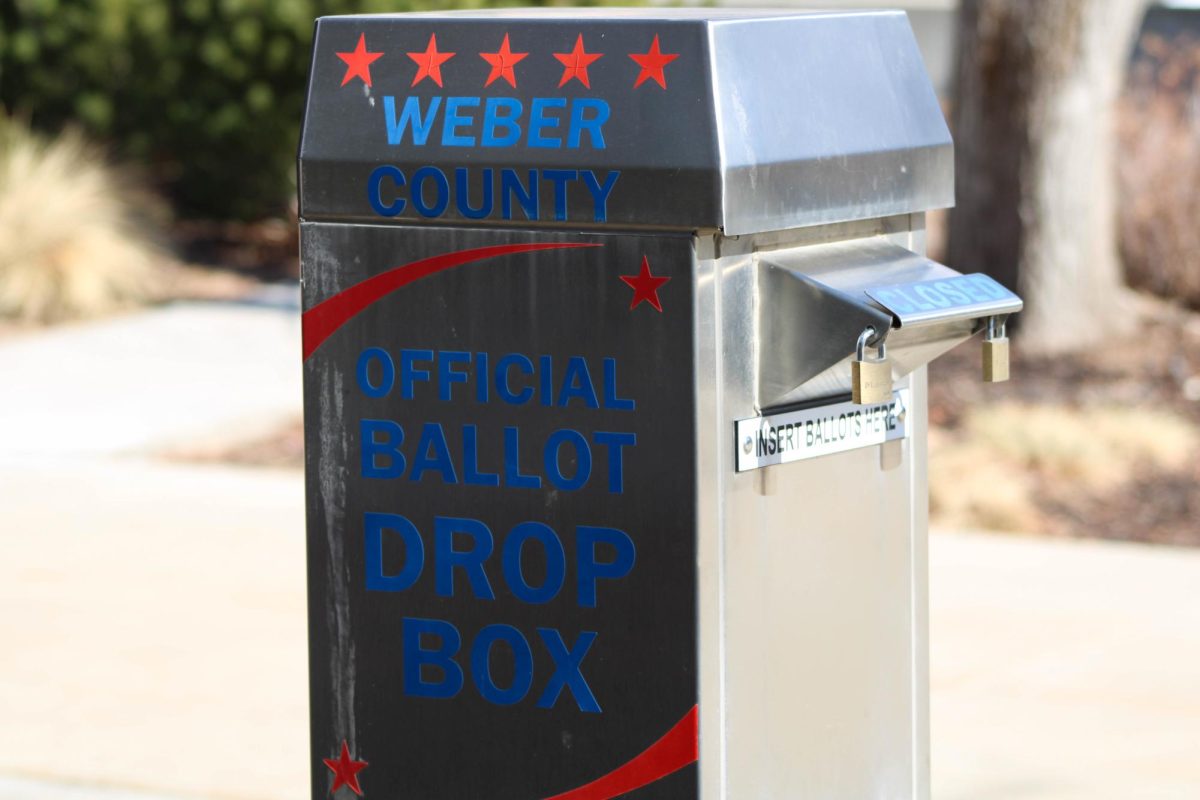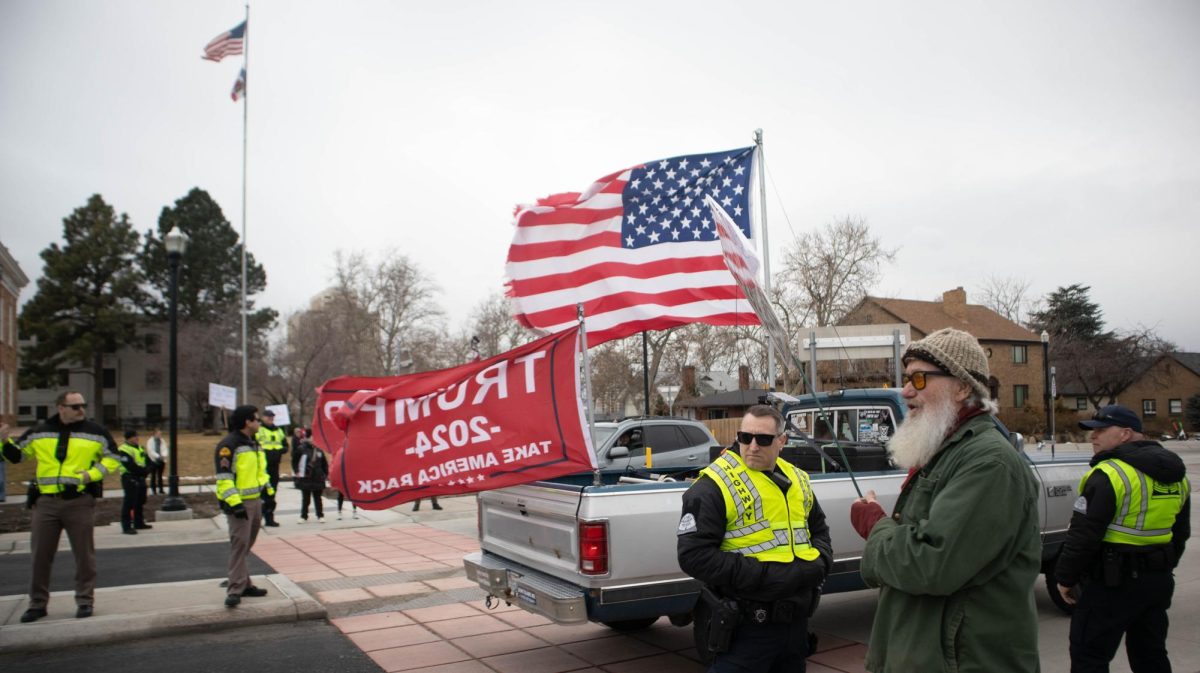The Utah redistricting process may seem to be wrapping up after the Utah Legislature and Gov. Spencer Cox signed new district maps into law on Nov. 10, but the work is only just beginning for Weber County Officials.
In each county, election officials are now working to divide the new districts into precincts. Precincts, also known as voting districts, are smaller divisions of a population inside of counties and state districts and determine where and what voters get on their ballot.

“Precincts can’t cross over state district boundaries, so we have to kind of follow a little bit where they go,” Daniel Wade, Weber County election support specialist, said.
Once the precincts are finalized, the redistricting process is still not over. The new precincts are then given to individual city councils and grouped together to create city council, voter participation areas and school voting boundaries.
Voter participation areas are divisions in a county used to determine which ballot initiatives, referendums or propositions are on certain ballots, used for specific location or community specific propositions.
The goal is to have a total of 28 precincts in Ogden city, which is reduced from the 46 it has had for the last 10 years.
Wade explained that it used to be beneficial to have more precincts to reduce voter congestion and to make sure voting centers were as close and convenient as possible. Now, he says, with mail-in voting and vote centered where anyone can vote at any polling place across the county, there is no longer the same need to have so many precincts.
“It eliminated the need to keep the precinct numbers small. It makes it a lot easier from an administration standpoint,” Wade said. “Right now in Weber County, we have 154 precincts, so when we have an election, we have 154 ballots that we have to proof, that we have to create, that we have to get to the right voter.”

With Wade and the Weber County Elections team striving to create relatively population equitable precincts, the hope is that Ogden will be able to easily take those precincts and create the new districts.
“The amount of precincts is dependent on where we want it to be,” Wade said. “There’s a cap on how many people can be in a precinct, but not a total number of precincts you have to have”
In each precinct, there can be up to 1,250 active registered voters, which means there can be a significant portion of a city or county as one precinct if there is a small population or few active voters.
For Ogden City, the idea is to be able to take four groups of seven precincts to form both the city council districts and voter participation areas and seven groups of four for the school voting boundaries, according to Ogden City Council documents.
The city council is made up of three at-large seats, or seats voted on by the entire city, and four district seats, which may or may not get shaken up when the boundaries are redrawn.
The city divisions can get even more complicated when adding in the three additional guidelines stipulated by state code that Ogden must follow when dividing the precincts into the districts.
“Each district needs to be substantially equal in population, geographically compact and they need to be contiguous,” Ross Watkins, Ogden City policy analyst, said. “So, following those three rules, they can really shuffle things a lot. If the community wants to get involved, they need to contact their city council member and say ‘Hey, I think this community needs to be in our district.’”
However, if the precincts are relatively equal in size, it will allow for easier and quicker grouping, which is good since the city will only have about two weeks to finalize their groups after receiving the new precincts with federal and state deadlines looming just around the corner.
Wade said it had been difficult with such a time crunch because of how delayed the census data was, which dominoed into delaying all the boundaries being drawn, from the legislature down.
Ogden City Council must have its voter participation districts finalized by Jan. 1 and the school voting districts done by Jan. 11. While the city council districts can be finalized up to six months later, the voter participation districts and the city council districts are planned to be the same, which gives the city council a tight turnaround on the new districts.
They are currently on track to meet that goal with a planned vote on the finalized districts on Dec. 23.











